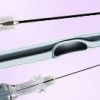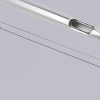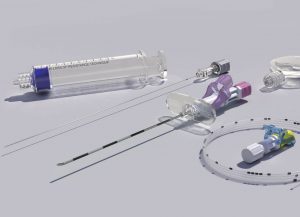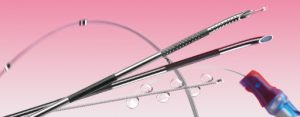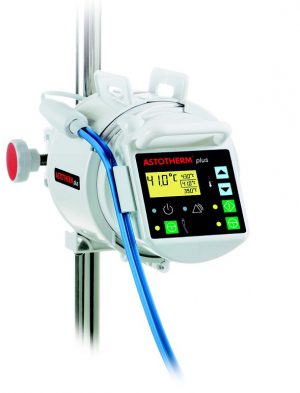Spinal Anaestesia
Spinal cannula document the progress in the spinal anaestesia impressively. Materials, diameters and tip geometries of spinal cannula have been enhanced and changed in the last century. An outstanding innovation in the field of spinal anaestesia: the atraumatic SPROTTE® cannula.
It was developed in 1979 by Professor Sprotte in collaboration with PAJUNK®. With the launch of the original SPROTTE® cannula of PAJUNK®, spinal anaesthesia has become the most frequently used regional anaesthesia procedure.
The SPROTTE® cannula is continually been optimised, thanks to the on-going intensive co- operation. Because of that, it is always up-to-date in research.
Description
Sprotte Features & Advantages
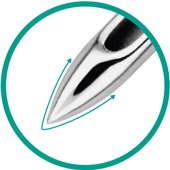
1. Atraumatic Tip
- Displaces tissue with minimal injury1
- Dura fibres close again
- Excellent tactile feedback
- Minimise chance for PDPH

2. Lateral Eye
- Burr-free
- Rounded atraumatic edges
- Optimised gliding properties
- Minimum tissue particle carry-over into the spinal space
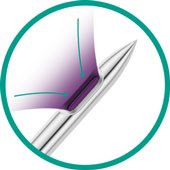
3. Optimal Lateral Eye Size and Placement
- Unobstructed backflow, even if the eye is partially blocked by the arachnoid membrane
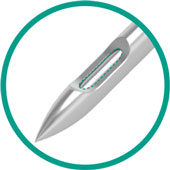
4. Custom-fit Stylet
- Lateral eye closes precisely2
- Polished, rounded tip prevents abrasion on the inner needle tube

5. Highest Processing Quality
- High quality stainless steel needle for increased stability
- Smoothly polished and burr-free surface and inner lumen for optimisation of gliding properties and CSF backflow
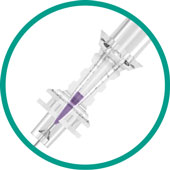
6. Needle Hub with Reduced Inner Space
- Fast detection of cerebrospinal fluid for secure placement
- Immediate detection of even the smallest quantities of CSF
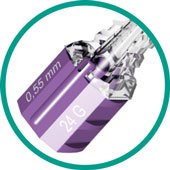
7. Colour Coded Hub with Size Indication
- Wide needle range with different diameters and lengths
- Special designs for pediatrics and obese patients
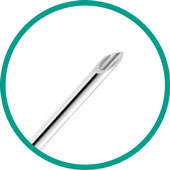
8. Introducer with Facet Tip
- Diameter and length perfectly matched to each needle size
- Useable working lenght of the spinal needle is reduced only minimally by the Introducer
- When inserted into the Introducer, the needle tip is not damaged by the funnel-shaped inner contour


